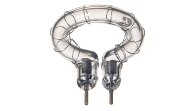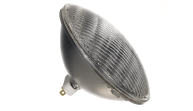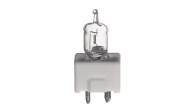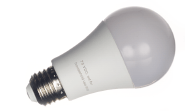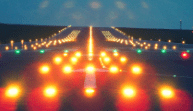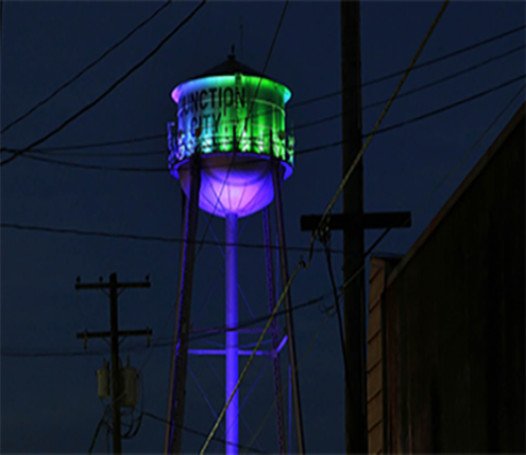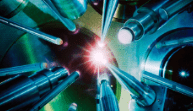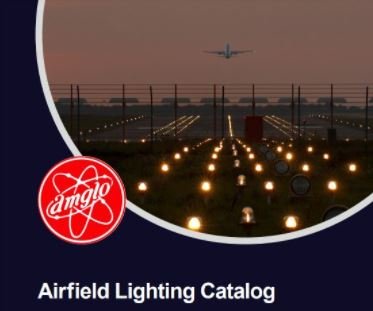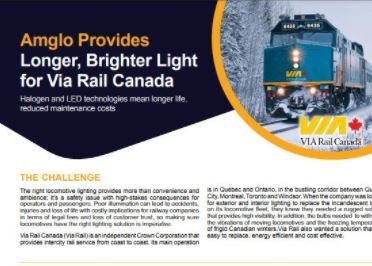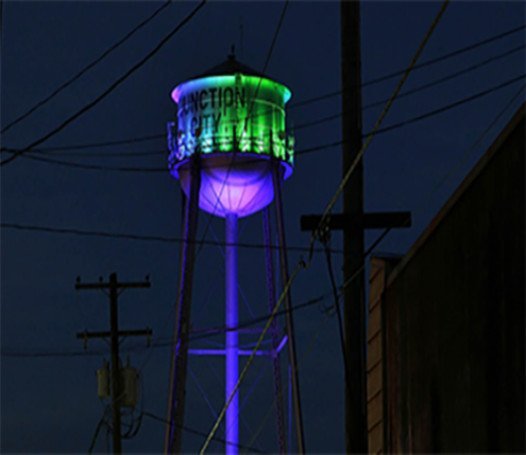
Choosing the Right Tower Warning Lights for Broadcast Safety and Compliance
If you’re responsible for the tower lights at a radio station, staying FAA and FCC-compliant is just part of the job. Making sure those lights are working, especially on tall broadcast towers that reach 200, 300, or even 500 feet into the air, isn’t something you think about only when there’s a problem. It’s routine. For years, xenon flashlamps have been the dependable choice for getting that job done. However, with LED lighting systems gaining popularity, a new decision is at hand: stick with what works or make the switch.
Xenon flashlamps have a reputation for being a trusted choice across the broadcast industry for high-intensity obstruction lighting. These lamps produce bright, attention-grabbing flashes visible to aircraft pilots during day and night operations. They’re built to last millions of flashes, often five to seven and a half million, with some exceeding ten million, making them a cost-effective choice in the long run, especially for stations that manage multiple towers. Plus, when replacing the bulb, there’s no need to swap out the entire fixture. That’s a key difference from many LED systems, which often require more extensive (and expensive) upgrades.
On the other hand, LED lighting clearly indicates where the market is heading. LEDs offer impressive longevity, with many rated for 100,000 hours, which equals around 11 years of operation under ideal conditions. They’re also energy-efficient, drawing significantly less power than xenon. Moreover, some newer LED systems are equipped with remote diagnostics, allowing engineers to detect outages and maintenance issues without sending someone up the tower. That convenience can be a game-changer for organizations operating towers in multiple or remote locations.
Still, the upfront cost of transitioning to LEDs can be substantial. Unlike xenon bulbs, LED lighting systems often require replacing the entire fixture and sometimes reworking tower wiring. That investment multiplies quickly for groups with several towers or multi-light systems installed mid-structure. There’s also the regulatory angle: any lighting changes need FAA and FCC approval, which adds time and paperwork to an already complex process.
For many stations, sticking with xenon makes solid financial and operational sense. The lamps are widely available, parts are easy to source, and experienced service providers know how to maintain them. More importantly, they meet current regulatory standards and don’t require costly infrastructure changes.
When deciding on the best approach, a major factor is to ensure your lamp supplier is reputable and well-established in the industry. Look for quality-tested, certified products from manufacturers who understand tower lighting compliance and have a track record of delivering reliable solutions.
Ultimately, both xenon and LED systems have their place. LED lighting is a wise long-term investment for stations ready to take on the upfront cost and regulatory transition. But for many, xenon continues to deliver the right combination of affordability, compliance, and peace of mind, especially when managing several towers with tight budgets. Either way, your choice should prioritize safety, reliability, and what works best for your station today.

